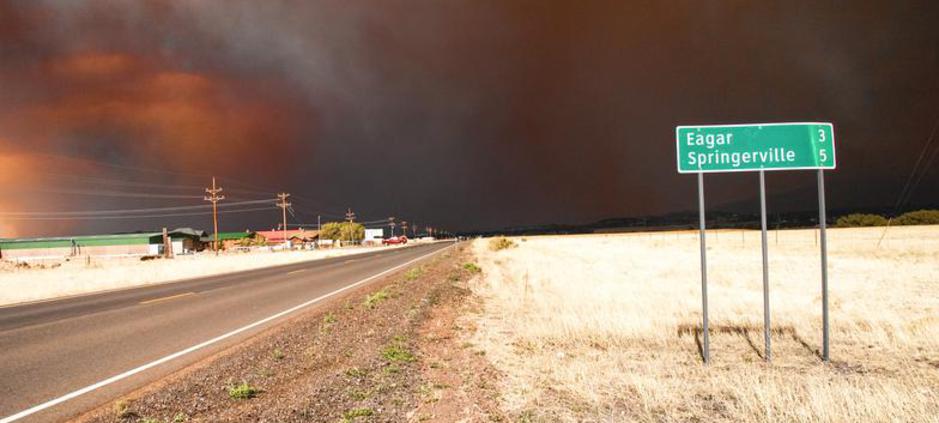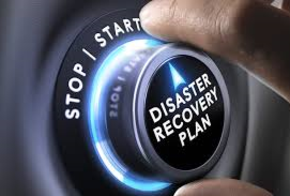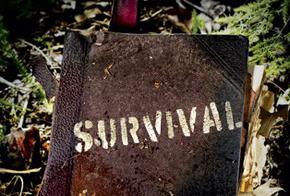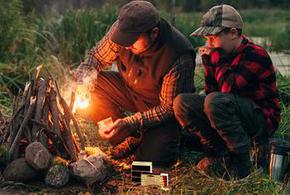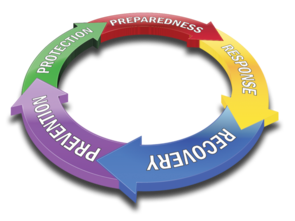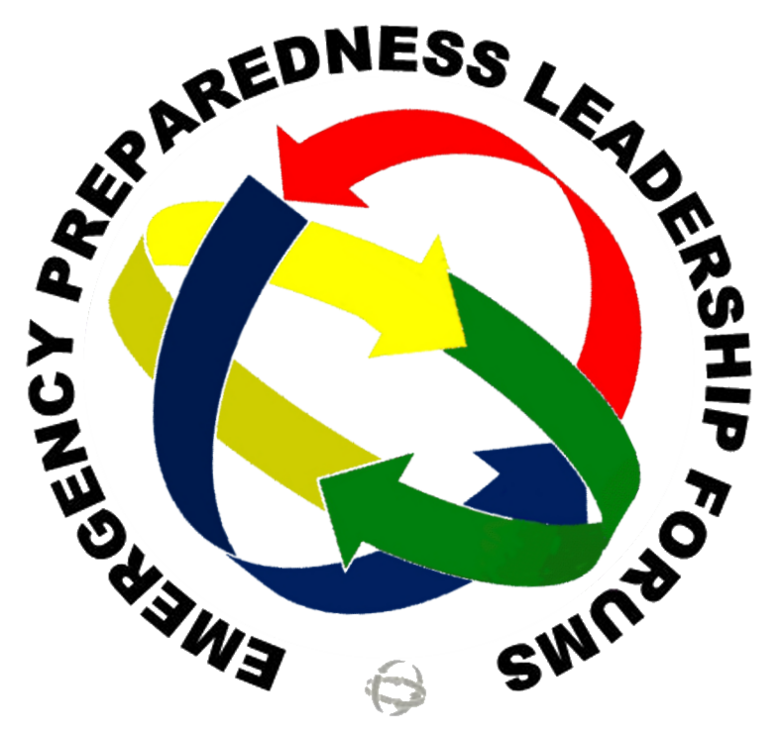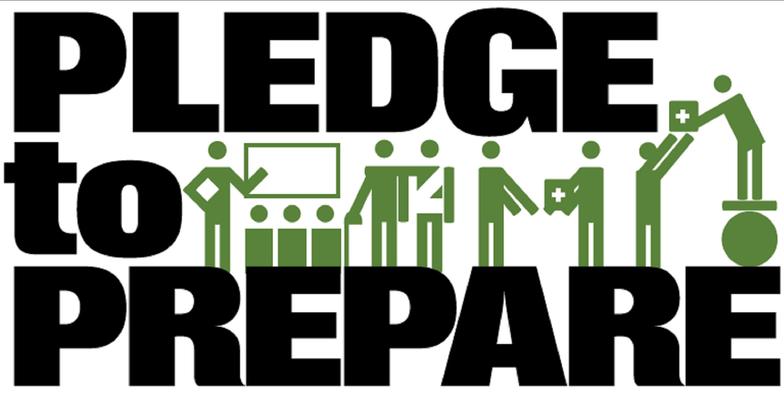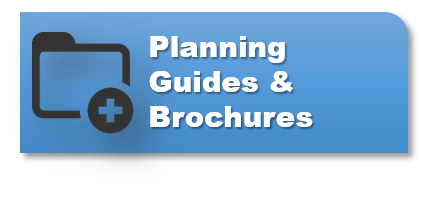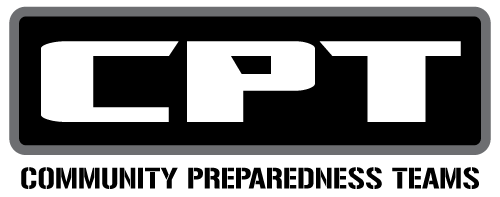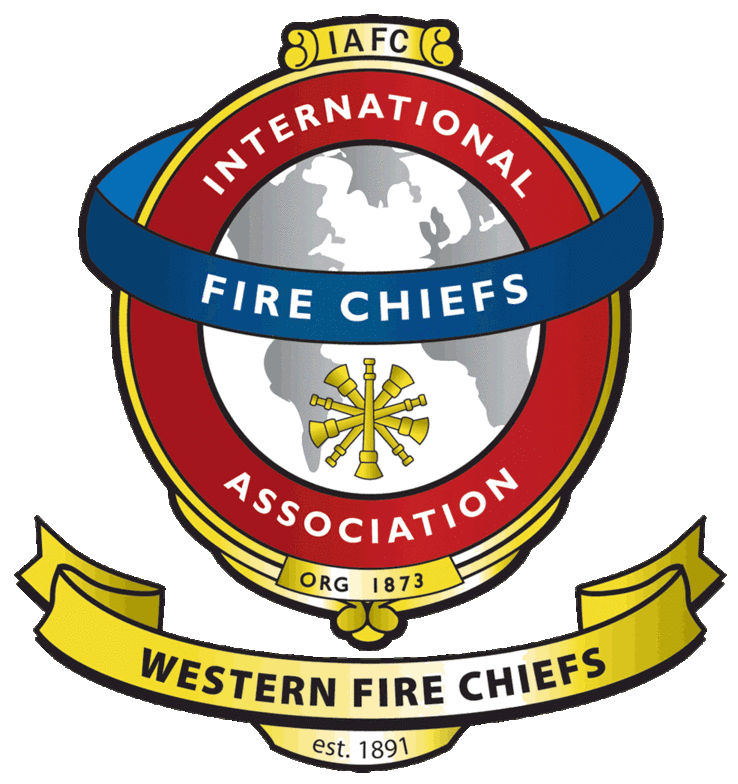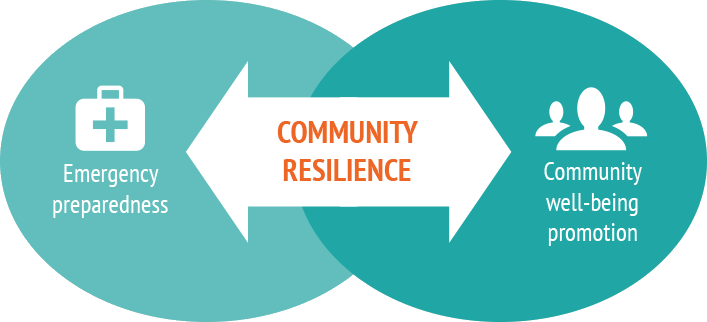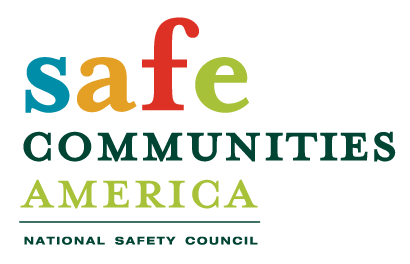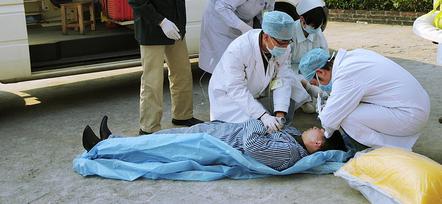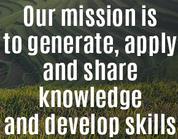PreparedAlready.com
We put on one of the best events in <city>. We have a lot of fun here and we make sure you'll have a great time, too. We do our best to keep our event costs down. Come in and let us tell you about our events.
Learn more about our business
Disaster Management...
Preparedness - Mitigation - Recovery
Response & Relief - Survival
Education - Issues - Strategies - Solutions
Welcome
Upcoming Events
WELCOME TO PreparedAlready.com
How many of us know what essential items we need in case of an emergency or natural disaster, and what are the preventive measures we can take? Our site is here to recommend and educate a host of things you should do to prepare, Thank You for visiting our website at PreparedAlready.com, a partner networking with the Division of Homeland Security and Emergency Management. Extensive listings of emergency actions and response can be found within the pages of our website. You will learn tips, tactics, actions, response, intelligence, solutions and strategies for being prepared in the event of an emergency in our daily lives.
In addition to that, our staff has spent hours research and putting together the
resources and links to save you hours of internet research finding it on your own.
Save us as one of your favorite websites and come back often. You won't regret it!
Additionally, a "Basic Preparedness Guide" is available from FEMA, the
Federal Emergency Management Agency. This guide contains
preparedness strategies that are common in a wide variety of disasters.
The Bureau of Public Health publishes many excellent brochures relating to
emergency preparedness. Particularly helpful is information about being prepared
for a pandemic flu outbreak. Another brochure of interest is targeted to health care professionals and others who are willing to assist during a health emergency that
exceeds routine response capacity: REDI (Responder Emergency Deployment Information)
and provides a web-based registration and credentialing system for those volunteers.
What is EM?
Overview
Emergency Management charged with analyzing and reducing risks to hazards, providing planning and direction before/during/after emergencies, and coordinating resources and information.
The Phases of Emergency Management
Mitigation
Mitigation activities work to either prevent or lessen the impact(s) of an identified hazard in a community. Mitigation activities may range from flood plain management to building code enforcement.EM Structure
Preparedness
Preparedness activities work to enhance the ability of individuals and/or communities to respond and recover from an emergency or disaster situation. These activities take place prior to an emergency or disaster occurring. They include areas such as community awareness, planning (which includes data gathering and analysis), training, exercises and education.
Response
Response activities address the immediate and short-term effects of an emergency or disaster. These activities work to reduce personal injuries, casualties, damage to property, and reduce recovery time. Response activities include coordinating resources, evacuation, warning, and other related operations.
Recovery
Recovery activities relate to restoring operations and the community to conditions that were present prior to the emergency or disaster. Short-term recovery goals may include re-establishing or maintaining critical functions. Long-term recovery goals include rebuilding infrastructure and establishing pre-disaster conditions. This process could continue for several years
The First Three Days Of
A Disaster Survival Situation
What constitutes a disaster survival situation?
Disaster is an event resulting in significant physical damage or destruction, loss of life, or a drastic change in the environment.
Survival is the struggle to remain alive and maintain a degree of security and safety.
Situation is relating to a set of circumstances and events.
Do you have your disaster survival planning and preparations together for your family? Are you ready to survive independently for an unknown time frame? It is easy in a catastrophic situation to become confused or disoriented and therefore not effectively deal with the events taking place around you. Thinking clearly can be hard to do, much less knowing what all you will need to help you to survive. When this occurs unfortunately people will die unnecessary, in part to a lack of disaster survival preparedness and planning.
You hear many references these days about Disaster Survival Kits, Bug Out Bags, or 72 Hour Kit. These kits are meant for exactly that, 72 hours or 3 days. During a disaster you may be forced to leave your home and you will need to be able to quickly grab a well put together 72 hour kit that will sustain you for that time frame. This time is considered to be the most crucial time period after a disaster strikes. You may be on your own and will have to rely on yourself and the contents of your disaster survival kit. You won't have the time to gather up what you think you'll need in an emergency situation.
Some of the essential major components that should exist in your 72 hour kit or supplies are listed below. Keep in mind you will want to add some things to your kit that pertain to the special needs of your family.
1. Water: Water is crucial, you can die of dehydration in three to six days. The minimum amount of water is three liters per person. Water purification tablets or water filter devices are a must when using questionable water.
2. Food: Freeze dried and dehydrated foods are the best choice for ease of preparation long shelf life, space saving and light weight.
3. Shelter: More people will die of exposure in a survival situation than anything else. Thermal blankets, warm clothing and water resistant outer wear will keep you dry and warm. Extra clothing should be considered in case of wetness or damage. Tents or other forms of weather protection will add to your security from the elements.
4. Heat: Related to shelter this will provide warmth and light. You will also need it to heat water, cook or warm food. Sterno and portable camp stoves are good self contained heat sources. Magnesium or flint fire starters are best for starting a fire without matches or a lighter.
5. Light & Communication: Having a combination, hand-crank AM radio/flashlight is a necessity. Many have adapters to charge your cell phone, laptop and other small devices. Battery powered radios and flashlights are great if you have the batteries to back them up. Light sticks are good alternative light sources and you can also consider a ham radio if there is a generator.
6. First Aid & Personal Hygiene: Include a variety of bandages, gauze, tape, scissors, burn ointment, first aid cream, aspirin or ibuprofen, sting relief, antacid, eye wash, antiseptic wipes, hand sanitizer, elastic bandage, thermometer, latex gloves, sewing kit and first aid manual. Any personal hygiene supplies that essential such as feminine products, soap, sanitation bags, toilet paper or tissues, toothbrush and paste.
7. Tools: A good quality fixed blade hunting knife is a universal tool and necessary for your disaster survival kit. A folding shovel, machete or hatchet are all useful tools and can be used as weapons. A multi-tool, wire saw, rope, can opener and duct tape can also come in handy.
8. Important Papers: Phone numbers, passport, birth certificate, will, ID, banking and insurance, property deeds in a waterproof container. Currency will be important when ATM's and banks are down. Carry $200 in smaller denomination bills and quarters for vending machines.
9. Protection: A gun is a wise choice if you know how to handle it and are prepared to use it under the right circumstances. Alternatives include pepper spray, stun guns, any sharp or heavy object. Almost anything can be used as a weapon for protection, just be comfortable using it.
10. Travel: Cars and trucks will be most favorable option if you have the fuel to power them. After that it's bicycles, animals or your own feet.
This covers the first three days of a disaster survival situation. It outlines the equipment and supplies you and your family will need in a 72 hour kit if evacuation is necessary. This is considered by most government agencies and non-profit preparedness organizations to be what the minimum requirements are until aid can reach you. Every situation is different as well as every families needs, this is only a guide line. Use and expand on this list to make your own individual kits to fit your specific needs and possible situations for your area. A ready made disaster survival kit is a great way to start. The best thing about these kits is that they contain almost everything you need to start with!
Overall Protection During A Disaster
Overall protection during a disaster is a multi-faceted process that involves preparation, immediate response, and long-term recovery. To ensure your safety, it is essential to have an emergency kit, a family disaster plan, and specific strategies for different types of hazards.
Before a disaster: Be prepared
Create a family disaster plan. Designate an out-of-town contact person and decide on a meeting place in case your family gets separated.
Build an emergency kit. Assemble a basic disaster supplies kit with enough water, non-perishable food, and medications for at least three days. Tailor your kit with special items for infants, the elderly, or disabled family members.
Secure your home. To mitigate property damage, reinforce vulnerable areas like roofs, garage doors, and windows, especially if you live in a hurricane or tornado-prone area. For earthquakes, secure large appliances and shelves to walls to prevent them from toppling.
Protect important documents. Keep copies of important family documents, such as insurance policies, identification, and medical records, in a waterproof container or a secure digital backup.
Stay informed. Identify your community's risks and sign up for local alerts and warning systems. Follow authorities for information on evacuation and safety.
Take training. Consider taking first aid and CPR classes from organizations like the American Red Cross.
During a disaster: Stay safe
Stay calm. Take a moment to assess your surroundings and avoid panicking.
Shelter in place or evacuate. Follow the instructions of local authorities. Do not leave your home unless you are told to evacuate.
Secure yourself based on the hazard:
Earthquake: "Drop, Cover, and Hold On." Get under a sturdy table or desk and cover your head and neck.
Tornado: Go to a basement, storm cellar, or an interior room on the lowest floor of your home, away from windows.
Flood: Move to the highest floor of your home.
Wildfire: Stay indoors, remove flammable materials from your home's exterior, and follow evacuation orders.
Hurricane: Stay inside, away from windows. If you've been advised to evacuate, do so immediately.
Stay away from hazards. Avoid windows and large, heavy objects that could fall. If you are in a vehicle during an earthquake, pull over in an open area away from structures and power lines and remain inside.
Listen to a battery-powered radio. Use a battery-powered or hand-crank radio for updates and official information if power is out.
After a disaster: Recover
Check for injuries. Assess yourself and those around you for injuries.
Check your home. After the event has passed, carefully examine your building for damage. If there are cracks or structural issues, get everyone out immediately.
Avoid further risk. Use a flashlight instead of candles to avoid fire from potential gas leaks. Do not turn on electrical appliances if there has been water damage.
Be prepared for aftershocks. If you experienced an earthquake, remember that aftershocks are common.
Attend to injured persons. If you can, assist injured people and alert emergency services.
File claims. Document damage with photos and contact your insurance company as soon as possible.
Stay Connected With Family During A
Disaster With Limited or No Communication
Establish a family communications plan
Before a disaster strikes, plan how your family will get in contact with each other and where you will meet. In a large-scale emergency, it may be easier to complete a long-distance call or text than a local one.
Create an "out-of-town" contact. Choose a relative or friend outside the local area to serve as a central message hub. Everyone in the family can call or text this person to check in and relay information to one another.
Designate meeting places. Choose safe, familiar places for your family to reunite if separated. You should have two locations:
Near your home in case of a sudden event like a fire. This could be a mailbox or a neighbor's house.
Outside your neighborhood in case you cannot return home or your neighborhood is blocked off.
Have a paper copy of contact information. Do not rely solely on your phones. In case batteries die or devices are lost, write down all household and emergency contact information, including your out-of-town contact, on a card. Store copies in wallets, backpacks, and emergency kits.
Use alternative communication methods
During and after a disaster, when cellular networks are often congested or down, relying on different technologies can improve your chances of reaching family.
Text messages. Texting uses less network bandwidth than voice calls and may go through even when calls do not.
Social media and web platforms. Use the internet to send updates via email or social media if you can access a secure Wi-Fi network.
"Safe and Well" check-in. The American Red Cross Safe and Well website is a centralized resource for families to register their status and search for loved ones.
Facebook Safety Check. If Facebook activates this feature in a disaster-affected area, users can mark themselves as "safe" to notify friends and family.
Two-way radios. FRS/GMRS two-way radios (walkie-talkies) can provide reliable short-range communication, especially within a neighborhood.
Corded landline phones. If you have a traditional, copper-wire landline (not VoIP), a corded phone will often work during a power outage.
Take steps to conserve battery power
A fully charged phone is only useful as long as the battery lasts. In a power outage, conserving your phone's battery is critical.
Limit your usage. Restrict phone calls to critical situations and keep conversations brief to avoid overwhelming networks. For non-emergencies, text instead.
Conserve power. Dim your screen, turn off non-essential apps and Wi-Fi, or place your phone in airplane mode when not in use.
Use backup chargers. Keep your phone fully charged when a storm is coming and have multiple backup charging options, such as car chargers, solar chargers, or power banks.
Stay informed and signal for help
Knowing what is happening and being able to signal your location are also important during a communications blackout.
Battery-powered radio. Use a hand-crank or battery-powered radio to monitor emergency broadcasts and news.
Visual signals. If separated and in need of help, non-verbal signals like a whistle or signal flare can attract attention. Some communities also use pre-arranged signs in windows, like a red or green card, to signal safety or distress to neighbors.


